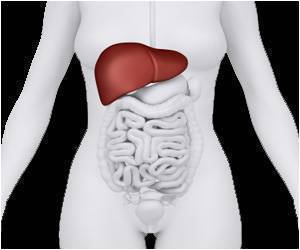Liver failure is a life-threatening condition that has many causes, thus effecting varied, diverse portions of the population.

‘Transplanting liver cells into an extra-hepatic site, such as the intra-mesentery, can help to protect against post-operative liver failure and aid in survival of the remaining liver.’





Their study will be published in a future issue of Cell Transplantation. "The overall mortality due to acute liver failure significantly improved in the transplantation group," said study co-author Dr. Kentaro Yasuchika of the Department of Surgery, Graduate School of Medicine, Kyoto University, Kyoto, Japan. To investigate whether hepatocytes or non-parenchymal cells (NPCs) that secrete a variety of growth factors and participate in liver growth played a more significant role in protecting remnant livers and promoting hepatic regeneration, liver cells harvested from the donor liver tissue were divided into hepatocytes and NPCs, with each transplanted separately in one arm of the study. The researchers found that post-operative liver damage was not prevented by NPCs alone and speculated that the protective effect was mainly because the hepatocytes transplanted into the mesentery contributed to hepatocyte survival and protected against acute liver failure.
"Although transplanted liver cells hardly worked as functional liver cells in the very early period after transplantation, they protected the remaining liver tissue and cells from severe damage after massive hepatectomy, which could have a major effect on survival of the remnant liver," concluded the researchers. "Further experiments should be planned for diseased recipients with chronic liver failure, metabolic live failure, and liver cirrhosis to utilize this technique in a clinical setting."
"Liver failure is a life-threatening condition that has many causes, thus effecting varied, diverse portions of the population," said Dr. Stephen Strom, professor of Cell Transplantation and Regenerative Medicine, Department of Laboratory Medicine, Division of Pathology, Karolinska Institutet, Stockholm, Sweden. "The condition may necessitate surgery, which can lead to augmentation of these complications. The need for additional therapeutic options is keenly felt and future studies should address the safety of this method for translation to patients."
Source-Eurekalert















